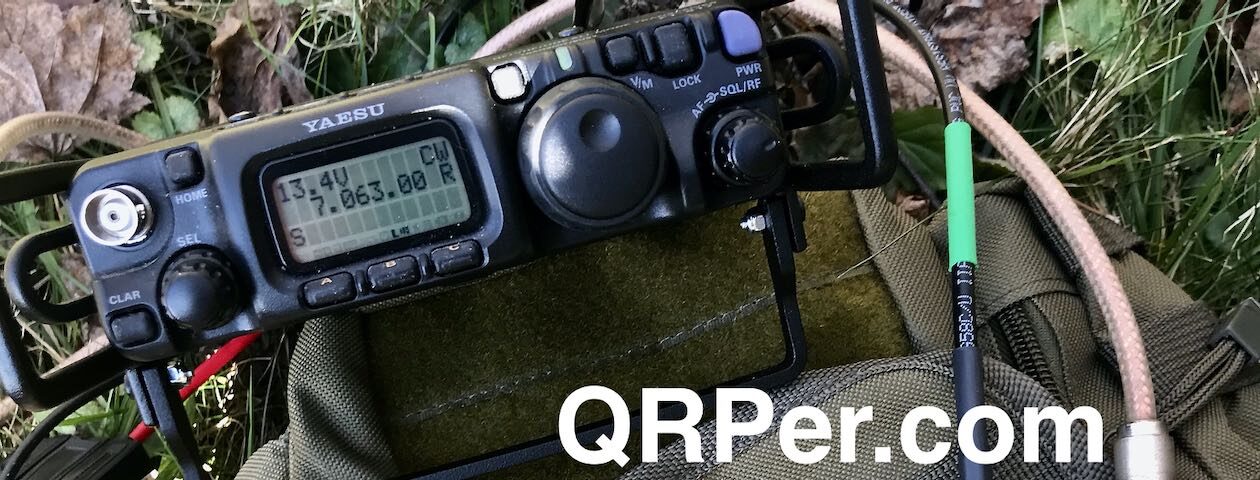 Many thanks to Paul Evans (VP9KF), who writes:
Many thanks to Paul Evans (VP9KF), who writes:
Yes, after a couple of years of regulators trying to bring their new rules into effect, the new RF Exposure Calculator is available at:
http://hintlink.com/power_density.htm
v2.0 denotes that the new rules to be introduce on 2021-05-03 are included.
There are a number of follow-on documents yet to follow from FCC,ARRL, Ofcom and RSGB in order to fully correct the documents which have covered amateur radio ‘exemptions’ in the past. There are now no exemptions except for 0 dBm (1 mW) or less for ANY service under the FCC (not just the amateur radio service). The new rules both sides of the Atlantic are different but cover all RF emitters. The only not fully finalised are the wireless high power, low frequency chargers intended for electric vehicles (a daft, inefficient way to charge them).
If you have questions, use the Help page indicated (‘CHANGES’). This is still untidy because it has grown into coverage of USA, UK and EU regulations, including some that are not technically in effect until 2021-05-18 in the UK by Ofcom. EU transition, when you see how it’s already done, is a mess.
Multiple sources are not included. There are differing views on this subject, some of which may yet be amended and have certainly been over-complicated by the regulators.
The biggest thing to note is that in the USA and the UK practically all radio amateurs must now do an assessment of their RF Exposure levels with virtually NO exemptions. The UK rules are more onerous in some ways, with everything over 10 W requiring examination and with portable and mobile stations needing (somehow) to justify their results. Imagine being on a public hilltop with your transceiver for HF or 10 GHz?
Both sets of rules include exposure limits for technically trained professionals and for members of the ‘public’; with 6 minute and 30 minute power averaging. They assume that members of a ham’s household are ‘trained’. If somebody else wanders over your property, they are not.
The massive FCC document (169 pages) makes for hard reading and either contradicts itself in some places or leaves some questions un-answered. However, it is a ‘final’ document and not a draft and comes into force on 2021-05-03. If you have an existing station you can wait 2 years to comply by calculation. If you have a new station or you change anything, you need to comply by calculation after 2021-05-03. Put up a new dipole on 80 m? You’ll need to comply.
Move house? You’ll need to comply. Go out on Field Day? You’ll need to comply. How it gets policed by the FCC is anybody’s guess. In the UK, Ofcom can monitor your signals undercover and knock on your door and ask you to produce your calculations from 2021-05-18 onwards (no two year grace period!).
Enjoy your new 5G maniac induced RF Exposure regulations, even when a huge distance away in the RF spectrum.

In the US, the FCC has done little to nothing to enforce any rules for decades so, I don’t see them doing much, if anything with this here. Like many rules/laws in the US…no teeth.
I ran my QRP setup thru the calculator and found Im within the limits for both controlled and uncontrolled as long as Im 6″ away from the center of the antenna. Another plus for QRP!
You know, that’s the thing about QRP: it flies below the Radar of so many common TX issues and regulations. I have a friend that really struggles with RF coming back into his shack even though he’s implemented RF chokes, uses quality cable and components, and tries to follow best practices. If he keys up above 300 watts or so, his state-of-the-art circuit breakers start tripping. At QRP levels, RF coming back on you is just a non-issue–even if it’s happening, it won’t hurt you, the radio, nor trip circuit breakers. Worse case is it might interfere with keying, but a wee RF choke will solve that. 🙂 More power to QRP, I say!